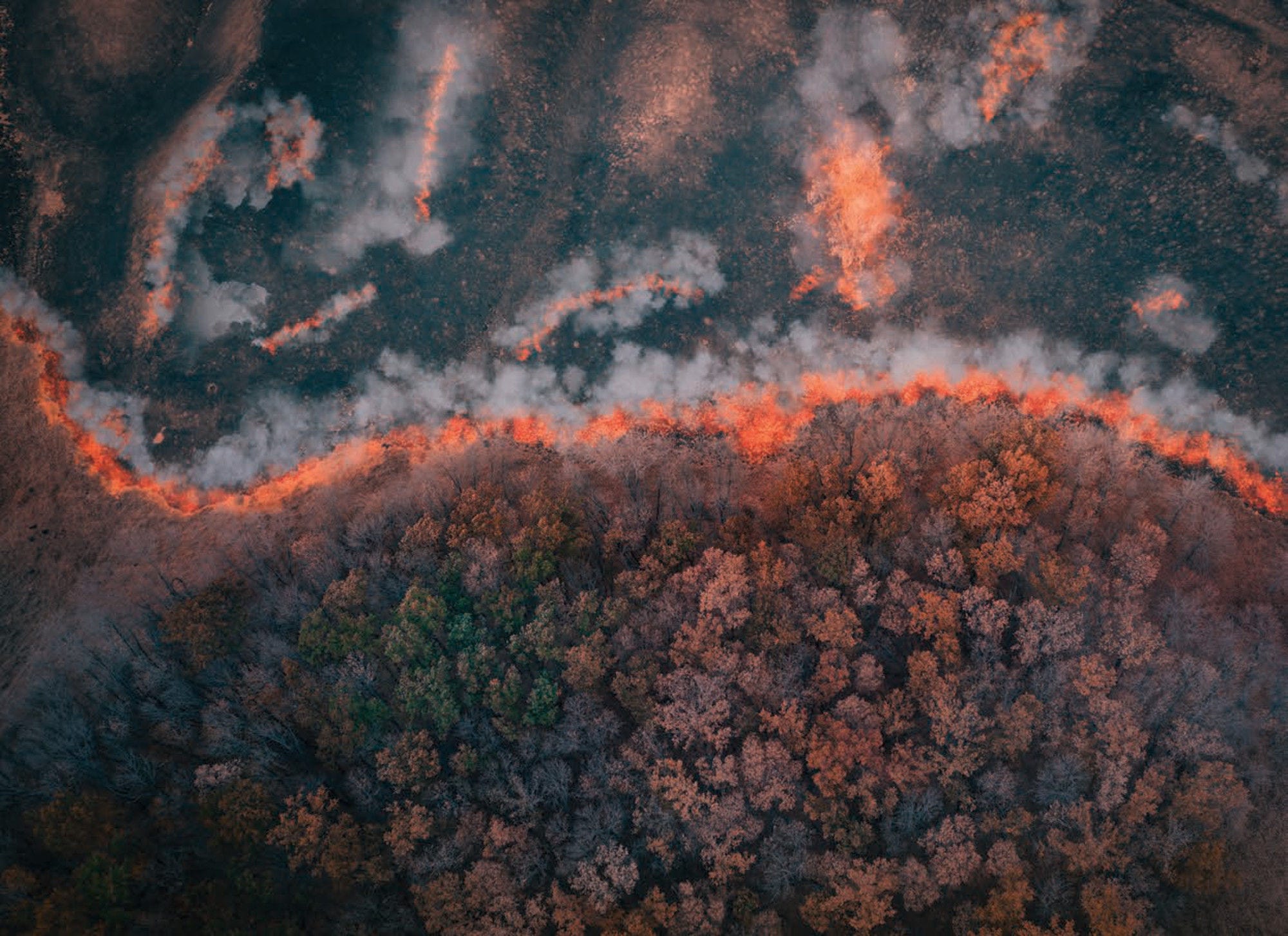Extreme wildfires have repeatedly made headlines in recent years. Fuelled by increasing temperatures, changing precipitation patterns and extended drought periods, extreme wildfires are affecting more and more local communities and regional economies and threatening vulnerable ecosystems across the globe. The 2019-20 wildfires wreaked havoc in Australia, with environmental damages that may well last for decades. The 2018 Camp Fire became the deadliest in California’s history and caused economic costs amounting to USD 19 billion, without taking into account the indirect impacts. The consequences of wildfires also go beyond affected countries’ borders. Extreme wildfires in the Amazon region, such as those experienced in 2016, may trigger critical tipping points. These could result in abrupt shifts in vegetation cover, which in turn affect global carbon cycles.
As little as a decade ago, there was no way to confirm a clear link between the occurrence of extreme wildfires and climate change, but this has rapidly changed. We now know that climate change alters fire weather and fuel conditions, resulting in a growing number of extreme wildfires. Attribution science has demonstrated that the impacts of the 2017 wildfires in Canada, the 2018 Camp Fire in California and the 2019-20 wildfires in Australia were much greater with climate change than would have been the case otherwise. In the last 30 years, climate change is estimated to have doubled the total forest area burned in the western United States compared to a counterfactual without climate change. Given that further warming is already locked in, this trend will not be reversed anytime soon.
The twin challenges of mitigating climate change and adapting to increasingly extreme wildfires must be tackled together. Managing land and ecosystems sustainably and limiting land development that encroaches on highly exposed wildland areas are key to reducing the impacts of wildfires.
This report, Taming Wildfires in the Context of Climate Change, provides a comprehensive global assessment of the links between climate change and growing extreme wildfire risk. It discusses the environmental, social and economic impacts of extreme wildfires and presents emerging country approaches to adapt policies and practices to deal with the growing wildfire risk. As extreme wildfires have demonstrated the limits of wildfire suppression efforts, there is growing recognition of the need to refocus policy efforts on climate change adaptation. Containing future wildfire losses and damages will require integrating preventative actions through a whole-of-government effort. This report provides OECD insights for policy makers and practitioners to help make that happen.

Jo Tyndall
Director
Environment Directorate
OECD
